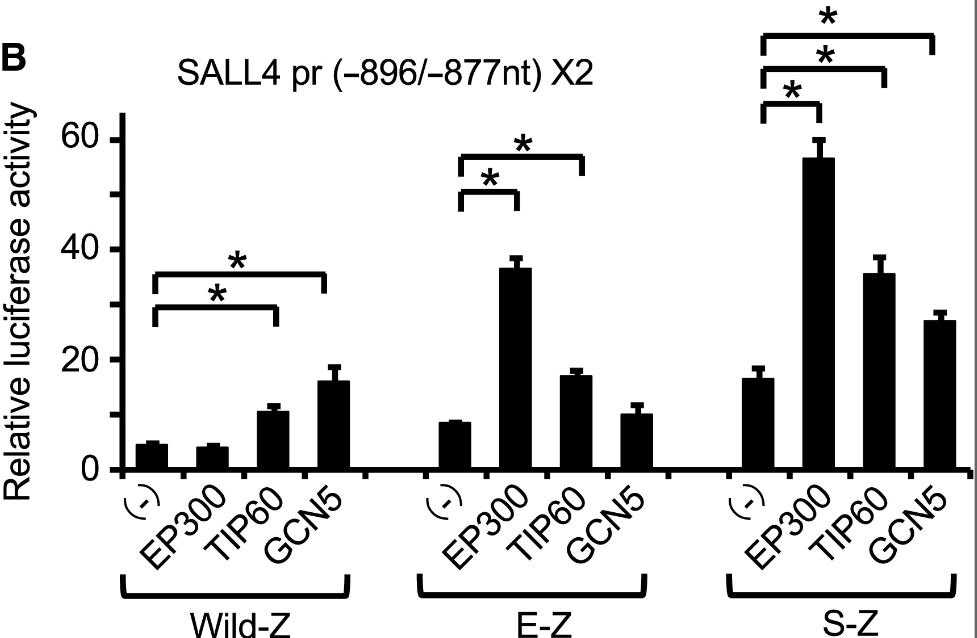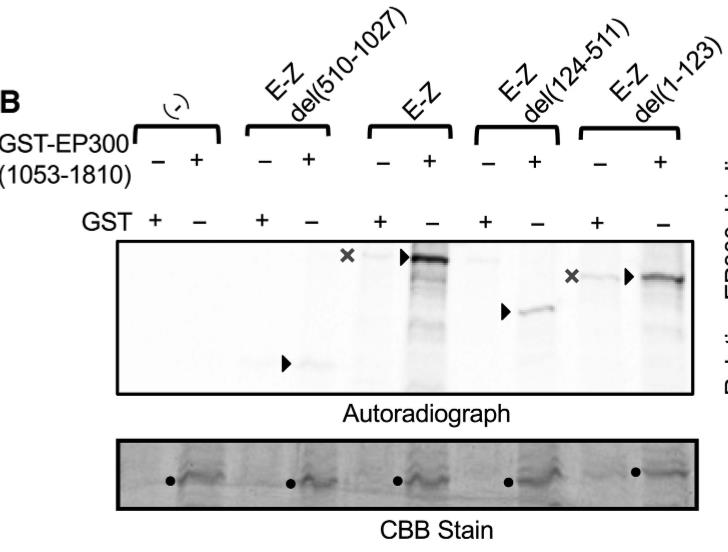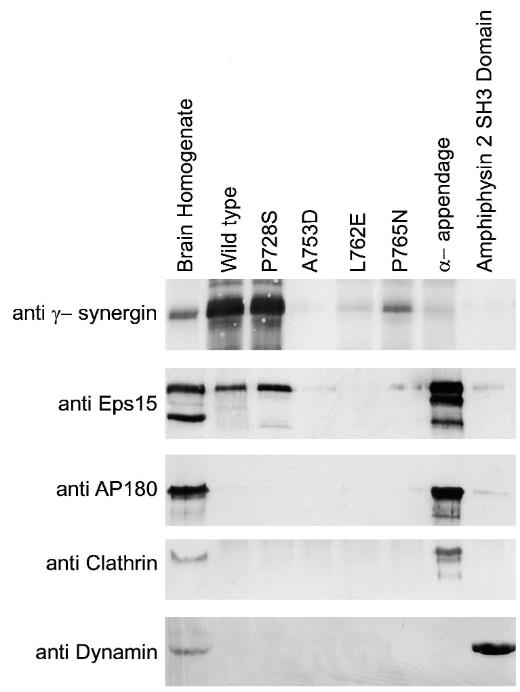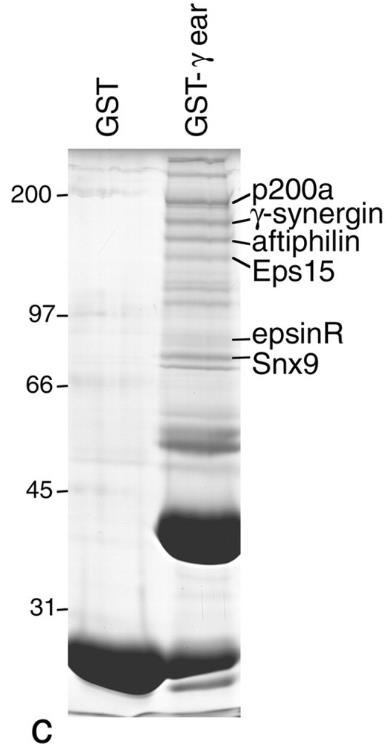Recombinant Rhesus monkey SYNRG Protein, His-tagged
| Cat.No. : | SYNRG-4586R |
| Product Overview : | Recombinant Rhesus monkey SYNRG full length or partial length protein was expressed. |
- Specification
- Gene Information
- Related Products
- Case Study
- Application
- Download
| Species : | Rhesus macaque |
| Source : | Mammalian Cells |
| Tag : | His |
| Endotoxin : | < 1.0 EU per μg of the protein as determined by the LAL method. |
| Purity : | >80% |
| Notes : | This item requires custom production and lead time is between 5-9 weeks. We can custom produce according to your specifications. |
| Storage : | Store it at +4 ºC for short term. For long term storage, store it at -20 ºC~-80 ºC. |
| Storage Buffer : | PBS buffer |
| Gene Name | SYNRG synergin, gamma [ Macaca mulatta (Rhesus monkey) ] |
| Official Symbol | SYNRG |
| Synonyms | SYNRG; synergin gamma; |
| Gene ID | 717750 |
| mRNA Refseq | NM_001266089 |
| Protein Refseq | NP_001253018 |
| MIM | |
| UniProt ID | H9Z4W9 |
| ◆ Recombinant Proteins | ||
| SYNRG-5532R | Recombinant Rat SYNRG Protein, His (Fc)-Avi-tagged | +Inquiry |
| SYNRG-16320M | Recombinant Mouse SYNRG Protein | +Inquiry |
| SYNRG-4586R | Recombinant Rhesus monkey SYNRG Protein, His-tagged | +Inquiry |
| SYNRG-4402R | Recombinant Rhesus Macaque SYNRG Protein, His (Fc)-Avi-tagged | +Inquiry |
| SYNRG-5873R | Recombinant Rat SYNRG Protein | +Inquiry |
Case 1: Yamamoto H, et al. FEBS Lett. 2019
ZNF384 fusion genes are frequently found in B-cell precursor acute lymphoblastic leukemia (BCP-ALL), occurring in 7-17% of cases without the Philadelphia chromosome. Researchers investigated SALL4 and ID2 as potential transcriptional targets of ZNF384 fusions, which could contribute to the disease's differentiation issues. Experiments showed that EP300-ZNF384 and SYNRG-ZNF384 fusions upregulated these genes. Compared to the wild-type ZNF384, the fusion proteins had enhanced transcriptional activity on the genes' regulatory regions. Additionally, GST pull-down assays indicated a stronger interaction between the fusion proteins and EP300. The coexpression of EP300 further boosted the transcriptional activity of the Z-fusion proteins. We suggest that the heightened binding of EP300 to Z-fusion proteins may account for their increased transcriptional potency.

Fig1. EP300 most strongly enhanced the transcriptional activity in a Z-fusion-specific manner.

Fig2. GST pull-down assay using the deletion mutants of E-Z.
Case 2: Kent HM, et al. Structure. 2002
The AP1 complex, a member of the clathrin-adaptor protein family, plays a key role in the transport of vesicles between the Golgi apparatus and endosomes. It consists of two substantial subunits, gamma and beta1, each with distinct trunk, hinge, and appendage regions. Researchers present the 1.8 A resolution structure of the gamma appendage and identify the binding site for gamma-synergin, a known ligand, through targeted point mutations based on the structural analysis. Additionally, they discover that Eps15, a protein implicated in plasma membrane vesicle formation, binds to the gamma appendage at the same site as gamma-synergin. This finding provides insight into the BFA-sensitive colocalization of Eps15 and AP1 observed at the Golgi apparatus.

Fig1. Interaction of γ Appendage with γ-Synergin and Eps15
Recombinant Rhesus monkey SYNRG Protein is a significant biomolecule used in various research applications, particularly in the field of drug discovery and development. SYNRG, or Synergin gamma, is a protein that has been identified as a potential drug target or biomarker, playing a crucial role in assessing drug affinity towards target biomolecules and predicting therapeutic efficacy and side effects.
This recombinant protein is produced through a process that involves the insertion of the SYNRG gene into an expression vector, which is then introduced into a host cell system, such as bacteria or yeast, to produce the protein. The recombinant SYNRG Protein can be used in a variety of assays, including enzyme-linked immunosorbent assays (ELISA) and immunoblotting, to study its interactions with other molecules and its role in biological processes.
In terms of practical applications, the recombinant Rhesus monkey SYNRG Protein is valuable for understanding the molecular mechanisms of diseases and for the development of therapeutic strategies. It can be used as a tool for drug screening to identify potential treatments that modulate its activity. Additionally, it can serve as a biomarker for monitoring disease progression or response to treatment.
The use of recombinant proteins like SYNRG in research can accelerate the discovery of new drugs and help in the development of personalized medicine approaches. By studying the recombinant protein, scientists can gain insights into the protein's structure, function, and its potential as a therapeutic target, ultimately contributing to advancements in medical research and treatment strategies.

Fig1. Coomassie blue–stained gel of a GST-γ ear pulldown of Jurkat cells. (Jennifer Hirst, 2005)
Not For Human Consumption!
Inquiry
- Reviews
- Q&As
Ask a Question for All SYNRG Products
Required fields are marked with *
My Review for All SYNRG Products
Required fields are marked with *
Inquiry Basket


